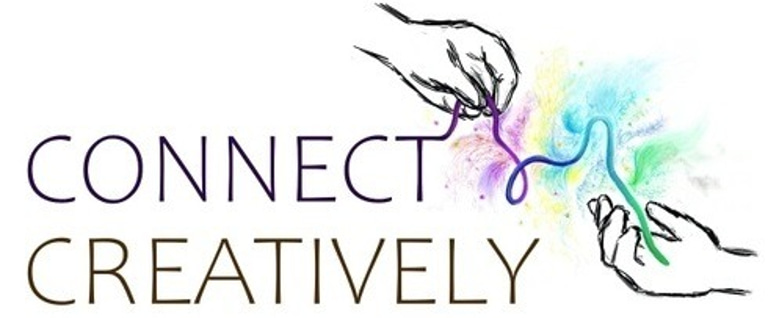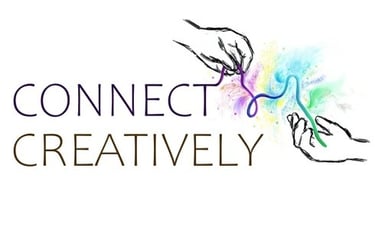Natural Breastfeeding Weaning
What is the research on natural weaning? Read a social story about natural weaning to your child.
PARENTING RESOURCES
8/14/20235 min read

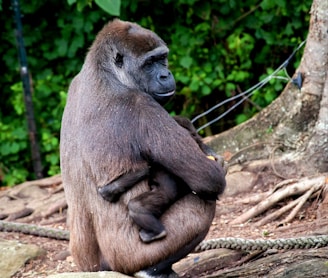
Let me first say that I am not a breastfeeding or parenting expert. I am simply a mother with an opinion.
I don't think there is a right or wrong way to do this. Let your instincts guide you.
No judgement here, ever.
No one ever told me how difficult breastfeeding would, could, and should be.
I always imagined that breastfeeding would be easy. Evolution, nature, survival, animals do it, how hard could it be?
Was I ever wrong.
So. Many. Potential. Problems: Trouble latching, painful latching, sore/ cracked skin, low supply, too much supply, inflammation, bacterial infection, blocked ducts, blisters, biting, choking/gulping, pain for no apparent reason, emotional exhaustion, physical exhaustion, the list goes on...
Many mothers I speak to have encountered the above problems, including myself.
I consider myself very lucky. I had a few bumps, blocked ducts, pain, but generally it was a smooth journey and I really can't complain. I am incredibly grateful.
My biggest problem was that my toddlers, who can drink and eat nutritious whole foods, did not want to stop breastfeeding. It was for comfort more than anything else.
Is this really a problem?
Let's look at the literature
I was surprised to read that infant-led natural weaning usually occurs between ages 2-4 years old (yes, years!). Mothers who continue to feed their older toddlers may feel embarrassment and shame due to the cultural expectation that toddlers stop breastfeeding earlier on. Parents become "closet nursers" and hide the fact that they breastfeed, which "propogates ignorance about breast-feeding duration" (Canadian Pediatric Society, 2004)
The World Health Organization (2018) recommends that babies are fed entirely on breast milk for their first six months of life and continue having their mother’s milk alongside other foods – known as complementary foods – until at least the age of two years and beyond. I acknowledge that this is not always possible for some moms and babies (due to a plethora of factors) and I personally feel that "fed is best" with regards to breastfeeding, or formula.
That being said, breastmilk is pretty amazing.
Milk has biochemical signals (nutrients, hormones, immunoglobulins/natural antibodies) that are created just for the baby, to help them grow and strengthen their immune system (Hassitou et al., 2013). Breastmilk is individualized, created just for the infant. For instance, when mom kisses baby's face, the body responds to detection of bacteria and can boost the antibodies created in breastmilk.
When baby grows into a toddler, the breastmilk volume may decrease, but the contents of the breastmilk changes and develops more antibodies and higher fat content (which is really helpful as my toddler is quite the researcher, often exploring the world and testing his hypothesis with his tongue). Pretty amazing!Anthropologists estimate the natural age for humans to stop breastfeeding is even higher than two. Looking at factors including tooth development, body weight, comparison with other primates and historical evidence, some say it could be two to four years, while others believe our ancestors might have been breastfed until the ages of six or seven (Dettwyler, 2004)
What about the Gorillas?
My husband has always been fascinated by Gorillas. He is always talking about gorilla moms who do not put down baby gorilla for 6 months (sounds like me), and sleep with their kids until they are 4 years old! He claims it is natural for our kids to never want to be put down and co-sleep for so many years. He was all onboard with this information, but he gave me judgement when I continued to breastfeed our growing toddler. It wasn't just him, but family and friends too found it odd.
Little did my husband know, Gorillas breastfeed until they are 3 years old. Orangutans breastfeed at least 6 years! (they don't usually eat solids until they're 1).
The only thing is, we're not Gorillas.
It's really awkward in public when my toddler cries at the top of his lungs, "I WANT MAMA MILK" (he has even yelled this at a funeral).
Putting the judgement of the public aside, it's not easy breastfeeding with a grown toddler trying acrobatics (while drinking. ouch). Plus, I'm a bit worried that my kid will be 4+ years old and only knows how to self-soothe with mama's milk. Not ideal.
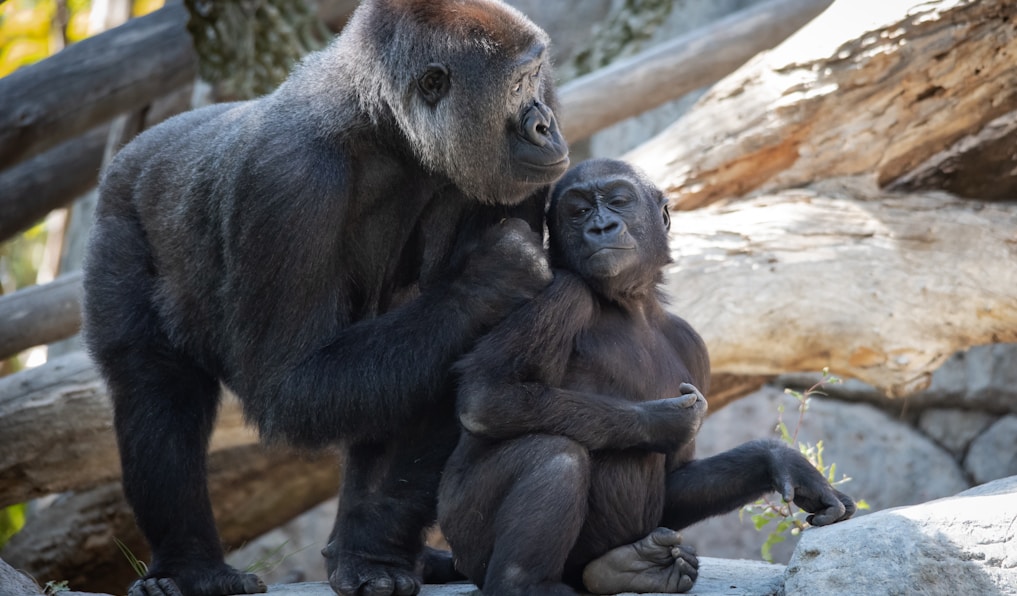
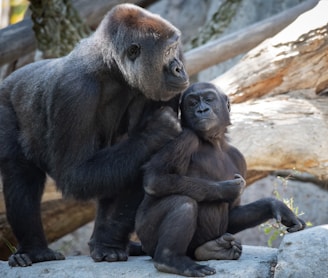
Strategies
Some strategies that may be helpful while waiting for natural weaning:
1) Buy- time.
When toddler asks for mama's milk, distract them with something else, or get them to do something before providing mama's milk.
Perhaps they will forget they asked for milk. Other times, toddler will not forget, and it buys you more time and may decrease the amount of breastfeeding.
Either way, it buys time and may help encourage them to drink a bit less.
2)Encouraging telling the truth
My toddler learned to say "my tummy isn't feeling well, I want mama's milk", or "I'm tired, I want to go to bed" (he's not, he just wants mama's milk).
How can a mother deny milk for an upset tummy or a tired toddler? I've encouraged him to tell me the truth (that he just wants mama's milk) and then provided if he can say this. Rather not reinforce the excuse for mama's milk.
3) Coping Skills
If toddler usually relies on mama's milk to self-soothe when upset, it may be helpful to practice coping skills before providing milk. It's also really helpful to practice coping skills when toddler is calm too (think learning a new skill, practice makes perfect, need to practice the skill for it to strengthen and for toddler to be able to use the skill when upset).
Try prompting toddler to engage in a coping skill. Do it with toddler. After they practice the skill, then provide mama's milk immediately after to reinforce this coping skill.
Examples of coping skills:
breathing exercises, like 5 finger breathing
externalizing the strong feeling through art and creation
engage in a meaningful activity (i.e. exercise, reading)
Label the feeling ("I feel really sad")
Use imagination: Ask your child questions like "where is the sadness in your body? What color is it? What shape is it? What does Sadness need?"
3) Social story
I bought and read a number of weaning stories. My toddler enjoyed them and I think they resonated with him, but I couldn't find one that really go with our journey. I think the stories with rituals are beautiful, but didn't fit us. I wanted to teach him why I wasn't making as much milk. I want him to understand that I'm not trying to be mean by denying him milk, that I am simply empty and have nothing more to give. I want him to understand the natural process of growing up, getting bigger and drinking other fluids. I didn't want to lie to him (some tell him " you're too old for mama's milk", but he doesn't believe this, and neither do I, considering the research).
I wanted to share our gorilla social story that helps my son understand what is happening with this milk weaning business.
Here it is for you to to read for free, should it be helpful.


References
Canadian Paediatric Society. 2004. Weaning from the breast. Paediatric Child Health, 9(4):249-63. doi: 10.1093/pch/9.4.249. PMID: 19655019; PMCID: PMC2720507.
World Health Organisation. [Internet] Health Topics: Breastfeeding: 2018 [Accessed: 08.02.2018]. Available from: http://www.who.int/topics/breastfeeding/en
Hassiotou et al. Maternal and infant infections stimulate a rapid leukocyte response in breastmilk. Clin Transl Immunology. 2013;2(4):e3.
Dettwyler KA. When to wean: biological versus cultural perspectives. Clin Obstet Gynecol. 2004; 47(3)712-723.
